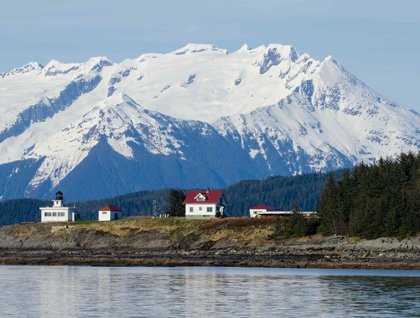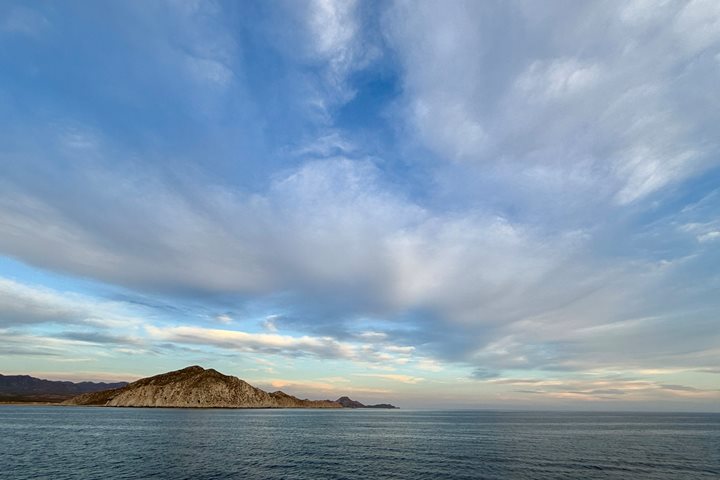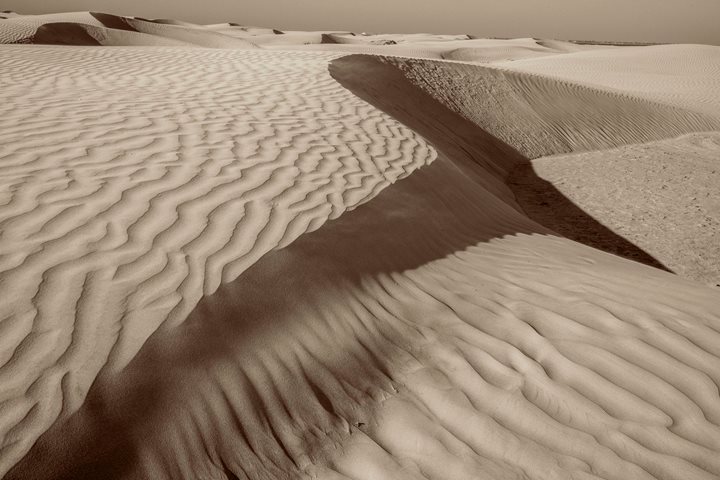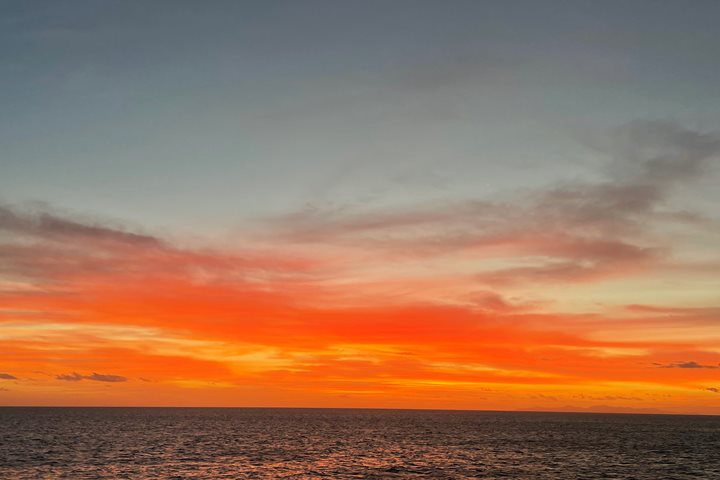After the coldest and snowiest April on record in Juneau, Alaska’s state capitol put on her summer dress and greeted us without a cloud in the sky. Spring birds flitted about where we hiked the shore of Mendenhall Lake (much of the lake still covered with thin ice) and visited the beautiful U. S. Forest Service Mendenhall Glacier Visitor Center (15 miles north of downtown Juneau). Arctic terns plunge-dived for fish while sparrows and warblers darted amidst willows and alders, the leaves just emerging.
The next hour found us visiting the Alaska State Museum, and after that we had free time to walk about town, the streets busy with passengers off large cruise ships.
During the afternoon we sailed south around Douglas Island and up Stephens Passage in search of whales. We found a couple of humpbacks, and once again a large number of killer whales, the tall dorsal fins of the males gleaming in the late afternoon sun.
Off Point Retreat, on the north end of Admiralty Island, we photographed the historic lighthouse back-dropped by the snowy peaks of the Coast Range. The water was calm, the sky clear, the sun warm. Cradled in wildness, we found ourselves alone in the middle of coastal Alaska, with few or no other boats around. In every direction climbed the ridges, mountains and forested slopes of the Tongass National Forest, at 17.1 million acres, the largest national forest in the U. S.
And again after dinner… more killer whales, the sounds of their breathing like soft percussion to end our day and make us think about the rights and intelligence of others.
Tomorrow; Glacier Bay National Park and Preserve, 3.3 million acres of protected wild coves, inlets and secluded jewels of quiet. Thank goodness for public lands and those before us who had the vision and courage to save them, and let them be.







